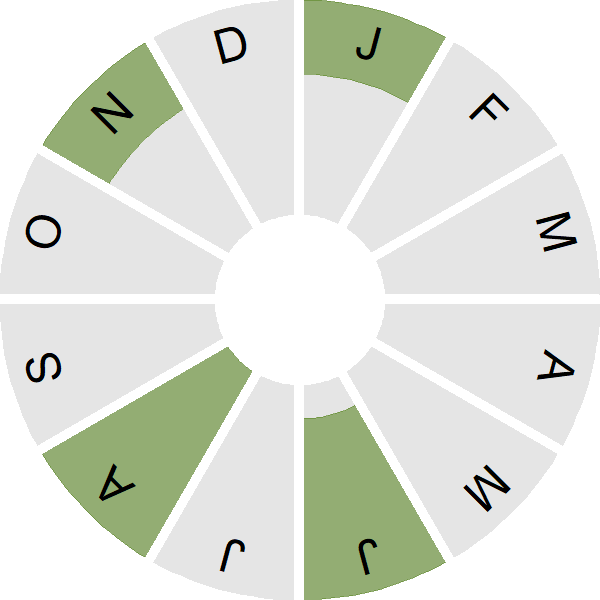Little Bustard

Introduction
A rare visitor from Europe; most records are in late autumn or early winter but are considerably fewer now than a century ago, mirroring a decline in numbers across the Little Bustard's breeding range.

Key Stats
Status and Trends
Conservation Status
Population Size
Population Change
Population trends of this scarce species are not routinely monitored.
Distribution
This vagrant is too rarely reported to map distribution.
European Distribution Map
Distribution Change
This vagrant is too rarely reported to map distribution change.
Seasonality
Little Bustard is a very rare vagrant recorded sporadically throughout the year.
Weekly pattern of occurrence
The graph shows when the species is present in the UK, with taller bars indicating a higher likelihood of encountering the species in appropriate regions and habitats.

Movement
Britain & Ireland movement
Biology
Survival and Longevity
Survival is shown as the proportion of birds surviving from one year to the next and is derived from bird ringing data. It can also be used to estimate how long birds typically live.
Classification, names and codes
Classification and Codes
- Order: Otidiformes
- Family: Otididae
- Scientific name: Tetrax tetrax
- Authority: Linnaeus, 1758
- BTO 5-letter code: LITBS
- Euring code number: 4420
Alternate species names
- Catalan: sisó comú
- Czech: drop malý
- Danish: Dværgtrappe
- Dutch: Kleine Trap
- Estonian: väiketrapp
- Finnish: pikkutrappi
- French: Outarde canepetière
- Gaelic: Coileach-Frangach-beag
- German: Zwergtrappe
- Hungarian: reznek
- Icelandic: Dvergdoðra
- Irish: Bustard Beag
- Italian: Gallina prataiola
- Latvian: maza siga
- Lithuanian: strepetas
- Norwegian: Dvergtrappe
- Polish: strepet
- Portuguese: sisão
- Slovak: drop malý
- Slovenian: mala droplja
- Spanish: Sisón común
- Swedish: småtrapp
- Welsh: Ceiliog Gwaun Bychan

